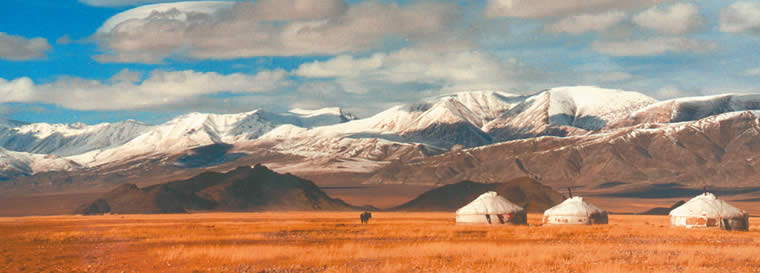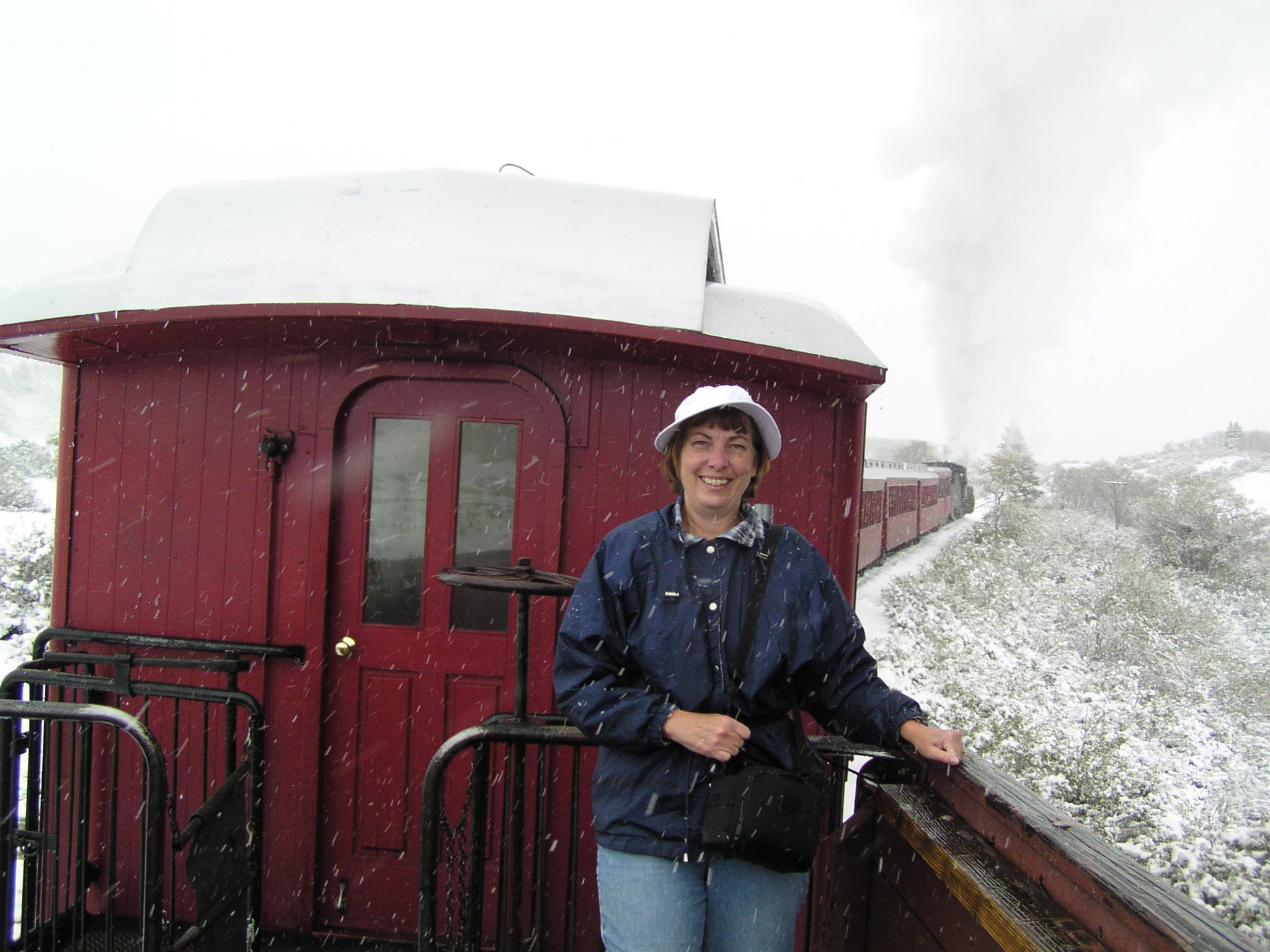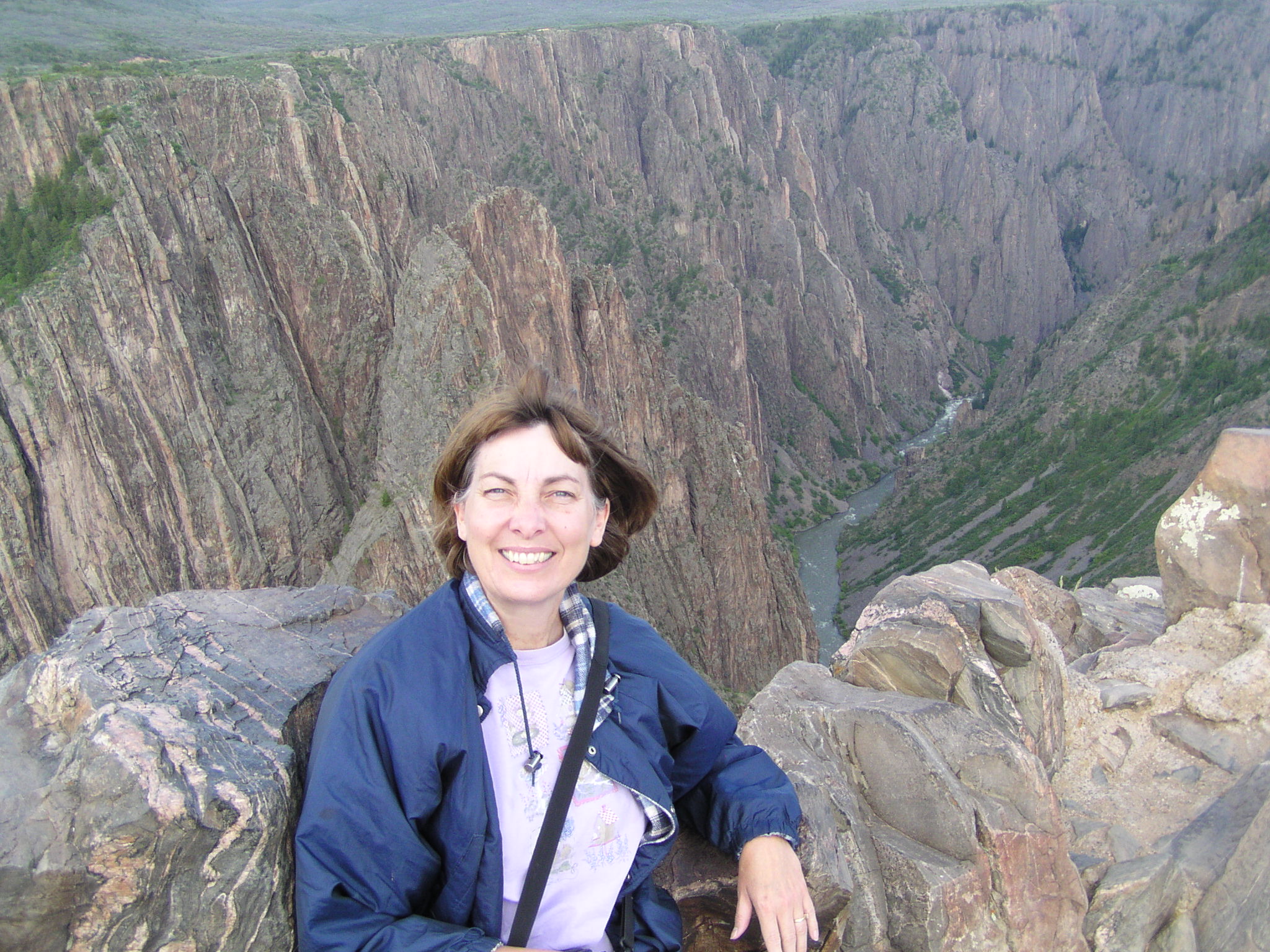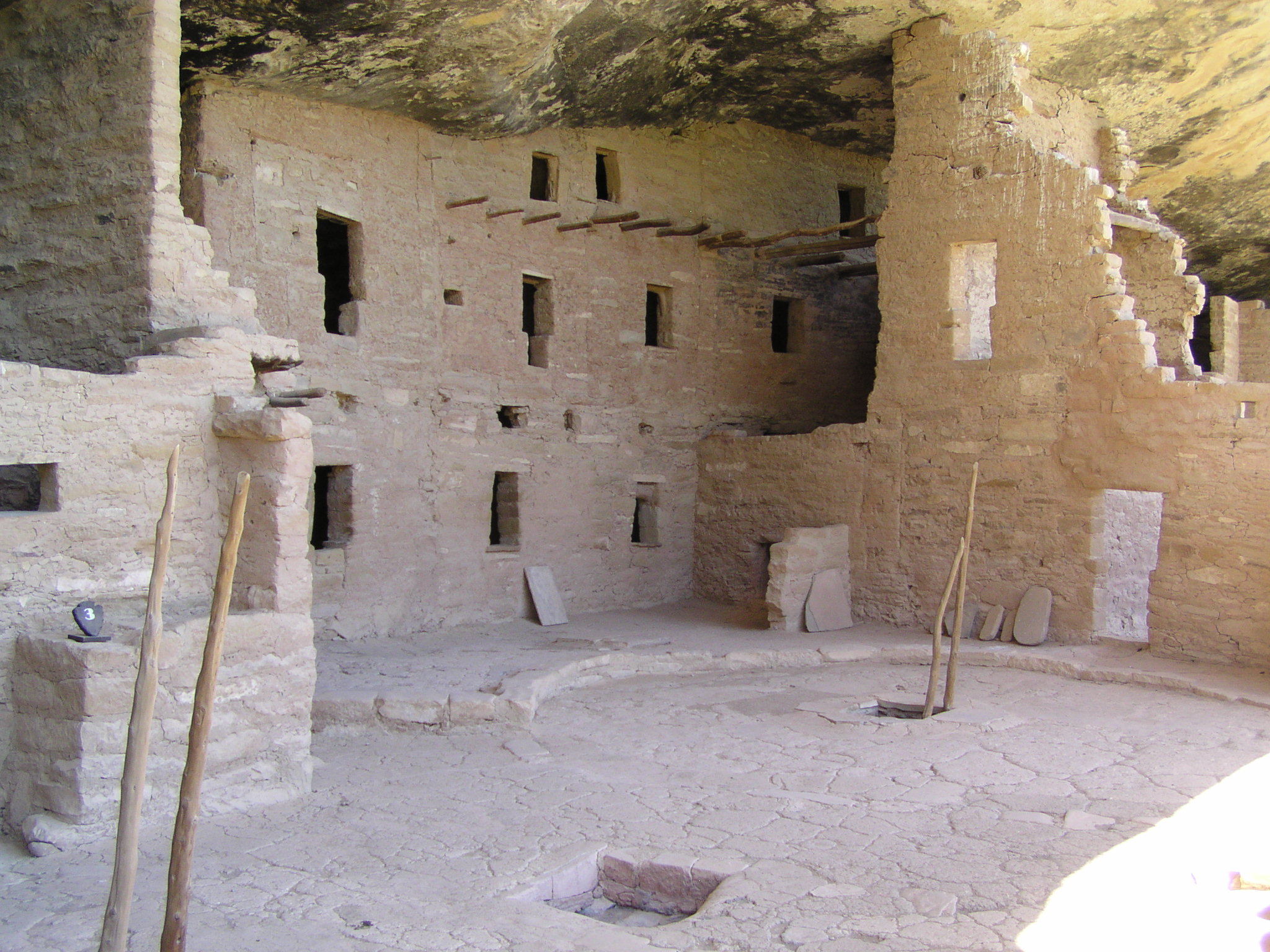Some have expressed interest in knowing the story behind the banners I display on my rickety blog. All the photographs were taking either by my wife or myself, on vacation mostly. Here are the first 18, I will post the remainder at a later date. Click on the banners below and you will see the photographs from which they were derived.
Here you can see the shuttles that brought us to the start of the trail to Angels Landing in Zion National Park, Utah. The trail ascends 1,500 feet over a distance of 2.5 miles to the summit, which is ringed on three sides by the Virgin River far below.

This is a fantastic view on the way to the summit of Angels Landing in Zion National Park, Utah The figure to the right is my son Steven. The remaining trail runs along a narrow rock fin with dizzying drop-offs on both sides. This narrow ridge has deep chasms on each of its flanks and hikers pull themselves up by chains.

My brother Mike on the trail to Angels Landing, Zion National Park, Utah. We hiked for 40 minutes to reach the 1-mile mark and enter the cool shade of Refrigerator Canyon—a deep canyon with steep walls where the temperature is always cool. After exiting Refrigerator Canyon, we were upon the switchbacks known as Walter’s Wiggles—a series of twenty-one compact switchbacks that zigzag their way up to Scout Lookout.

Antelope Island in Davis County, Utah, is just a few miles away from my home. Antelope Island is the perfect place to view the Great Salt Lake and experience the vast solitude of the Great Basin. The largest of the Great Salt Lake’s ten islands, visitors can reach the park by boat or via a causeway reopened in 1992 after being submerged for a decade by record-high lake levels.

Bear Lake straddles the border between Utah and Idaho. This was taken from the balcony of my brother-in-law’s cabin. Bear Lake is a large scenic lake often called “Caribbean of the Rockies” for its intense turquoise blue water.

Kennecott Utah Copper is the largest copper mine in the world. When I visit I am always surprised at the size of this open pit and the machinery in operation. Standing at the overlook within the Bingham Canyon Mine, you can watch 240 and 320 ton capacity haulage trucks deliver copper ore to the in-pit crusher, where the material is reduced to the size of soccer balls before being loaded onto a five-mile conveyor that carries the ore to the Copperton Concentrator.

The next three photographs were taken somewhere around Bryce Canyon National Park. Famous for its unique geology of red rock spires and horseshoe-shaped amphitheaters, Bryce offers the visitor a “Far View” from the eastern edge of the Paunsaugunt Plateau in southern Utah.

With a rim elevation between 8,000 to 9,100 feet, summer days are pleasant (80’s) and nights are cool (40’s). Spring and Fall weather is highly variable with days of snow or days with strong sun and 70 degrees. Cold winter days are offset by high altitude sun and dry climate.

Because Bryce transcends 2000 feet of elevation, the park exists in three distinct climatic zones: spruce/fir forest, Ponderosa Pine forest, and Pinyon Pine/juniper forest. This diversity of habitat provides for high biodiversity. At Bryce, you can enjoy over 100 species of birds, dozens of mammals, and more than a thousand plant species.

I believe this is Lake Tahoe in California though I cannot be sure. Lake Tahoe is the second deepest lake in the United States, with a maximum depth of 1,645 feet. Tahoe is also the 16th deepest lake in the world, and the fifth deepest in average depth. It is about 22 miles long and 12 miles wide and has 72 miles of shoreline and a surface area of 191 square miles.

This is the same view of the lake, but a separate photograph, with a closeup of the boat that is merely a dot near the center of the banner above. Boating, the primary activity in Tahoe in the summer, is known worldwide. There are lake front restaurants all over the lake, most equipped with docks and buoys. There are all sorts of boating events, such as sailboat racing, firework shows over the lake, guided cruises, and more.

In a corner of the southern Colorado Rocky Mountains is the Cumbres and Toltec Scenic Railroad. Built in 1880 and little changed since.

My brother Mike admiring Craters of the Moon National Monument and Preserve, Idaho. Craters is a vast ocean of lava flows with scattered islands of cinder cones and sagebrush. In 1969 Apollo 14 astronauts Alan Shepard, Edgar Mitchell, Joe Engle and Eugene Cernan visited Craters of the Moon. They explored the lava landscape in order to learn the basics of volcanic geology in preparation for future trips to the moon.

Devils Tower rises 1267 feet above the Belle Fourche River. President Theodore Roosevelt proclaimed Devils Tower the first national monument in 1906. Our family camped at a KOA near Devils Tower and in the evening we watched Close Encounters of the Third Kind on a big screen outdoors. It was a little eerie having Devils Tower looming to my left as the movie progressed.

Not much of a story behind this banner, just a train we saw on our way to Canada. Union Pacific Railroad, is the largest railroad in North America, covering 23 states across two-thirds of the United States.

My favorite destination in Florida is the Kennedy Space Center in Orlando. All Expendable Launch Vehicles use the same basic technology to get into space: two or more rocket-powered stages, which are discarded when their engine burns are complete.

Jill and I stayed at the Prince of Wales Hotel in Waterton-Lakes National Park in Alberta after traveling the Going-to-the-Sun Road. This is the view from the hotel. The highlight of Waterton’s sparkling chain of lakes is the international Upper Waterton Lake, the deepest lake in the Canadian Rockies. In 1932, the park was joined with Montana’s Glacier National Park to form the Waterton-Glacier International Peace Park — a world first.

Goblin Valley State Park, Emery County, Utah was officially designated a state park on August 24, 1964. Secluded Goblin Valley was first discovered by cowboys searching for cattle. Then, in the late 1920’s, Arthur Chaffin, owner/operator of the Hite Ferry on the Colorado River, and two companions were searching for an alternate route between Green River and Cainsville. They came to a vantage point about a mile west of Goblin Valley and were awed by what they saw — five buttes and a valley of strange-shaped rock formations surrounded by a wall of eroded cliffs.


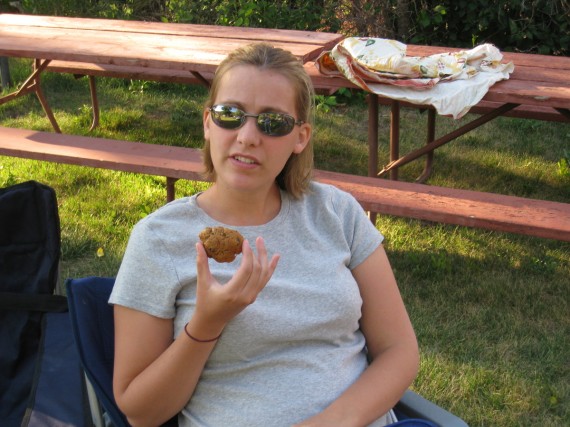
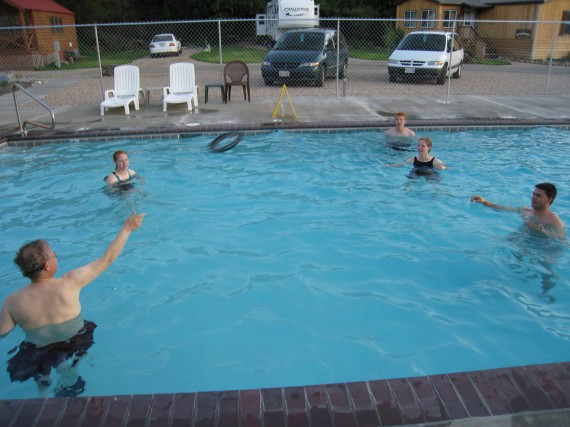
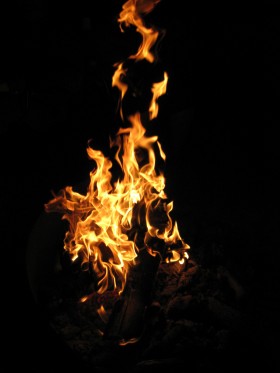
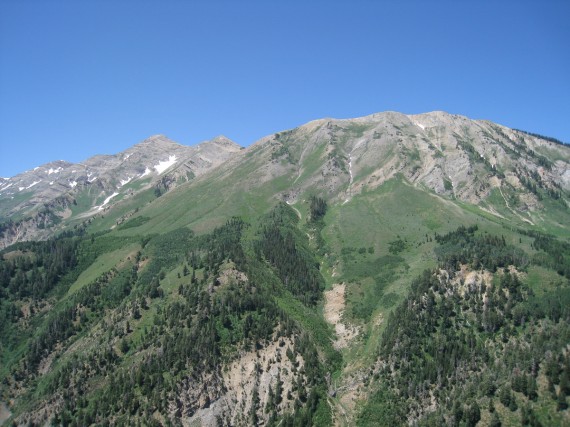
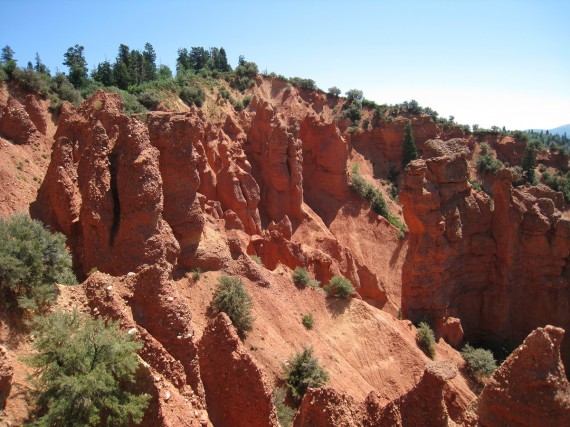
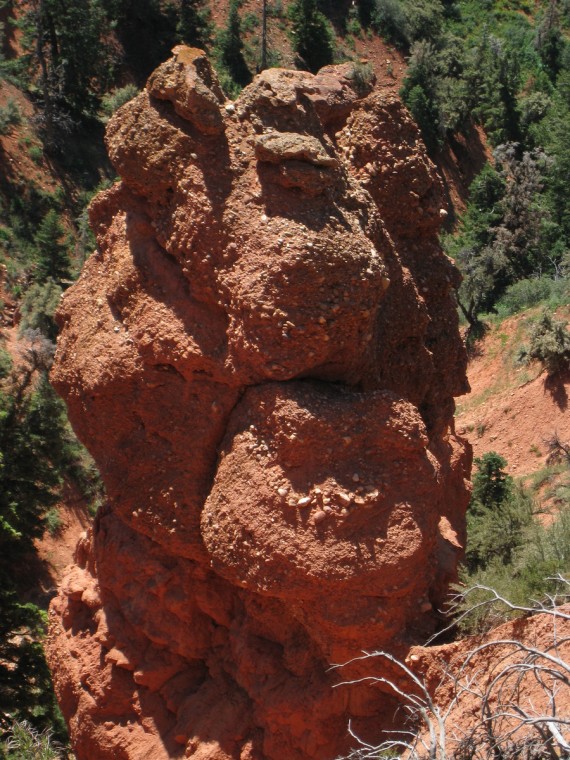
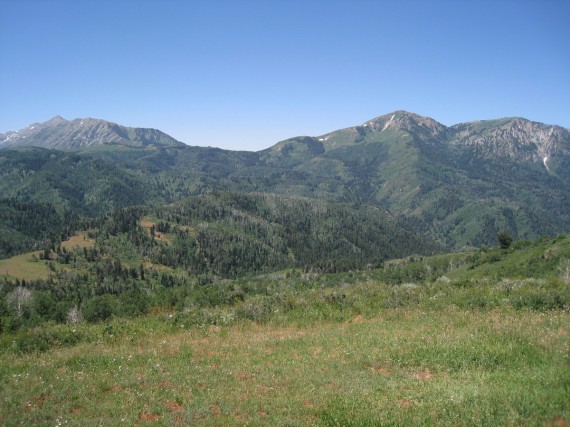

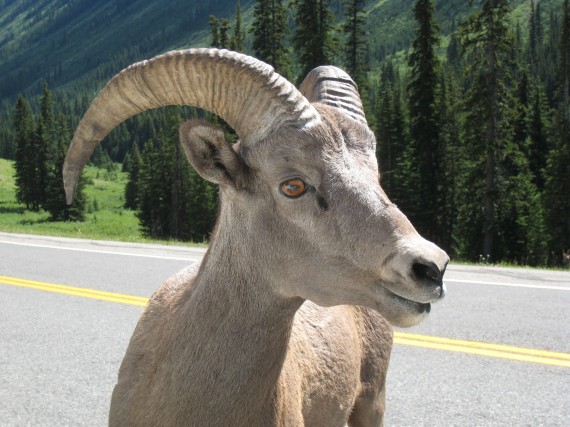
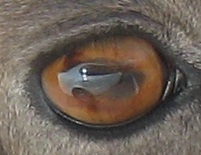

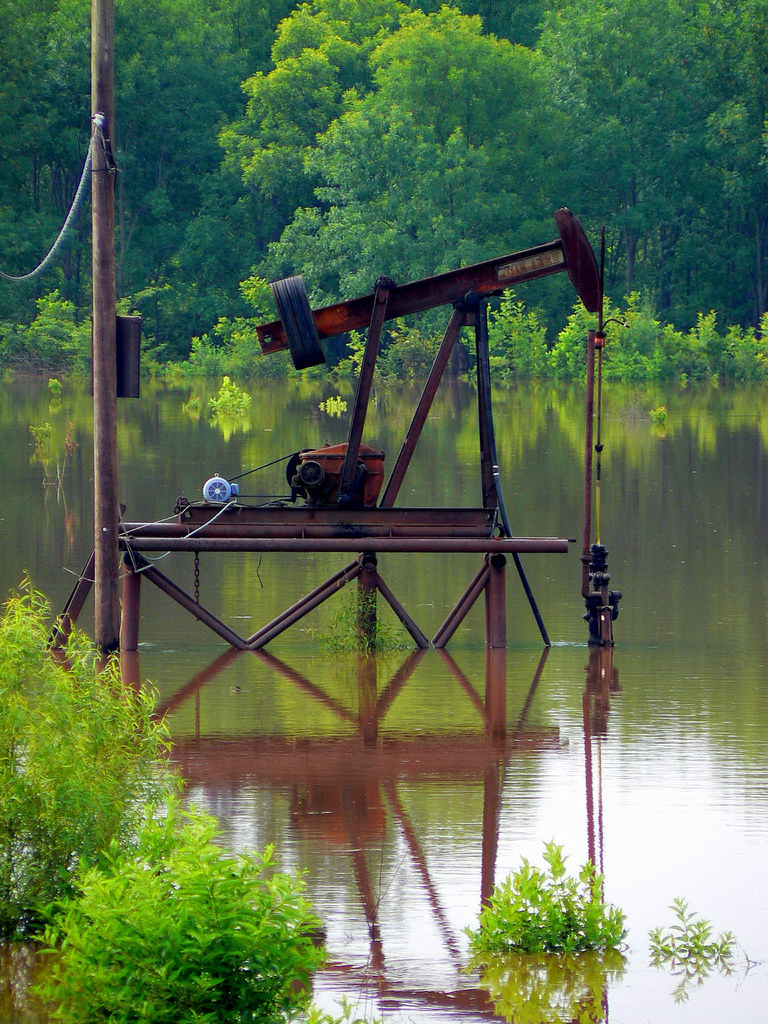
 Now that Daniel will be serving his mission in Mongolia, friends have asked questions about that country. This
Now that Daniel will be serving his mission in Mongolia, friends have asked questions about that country. This 